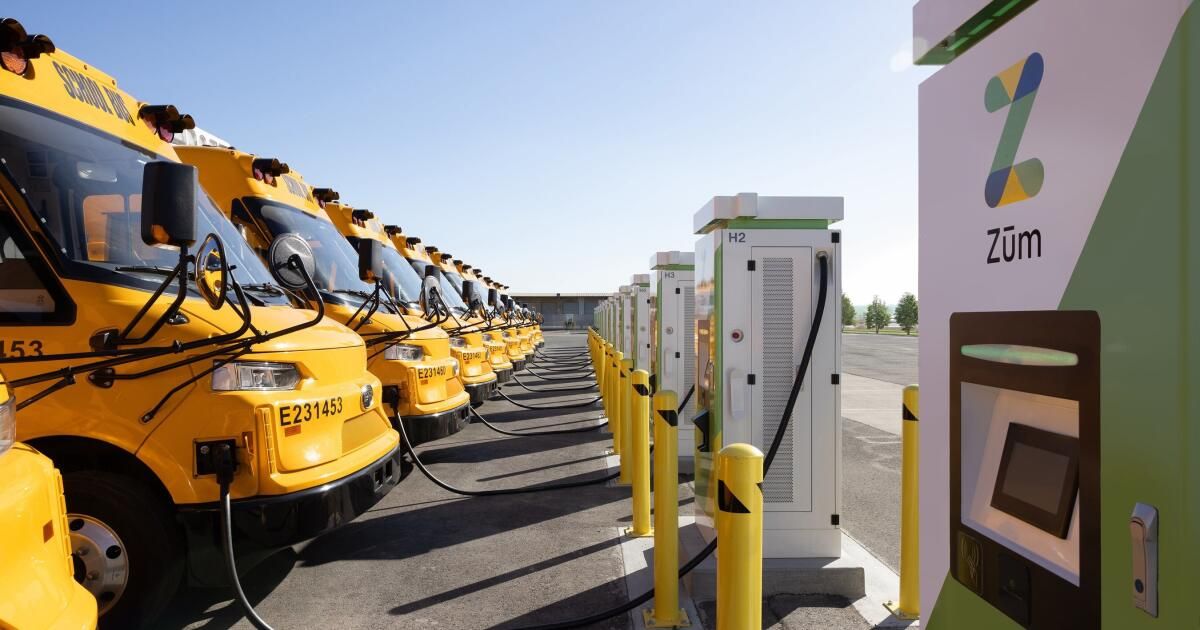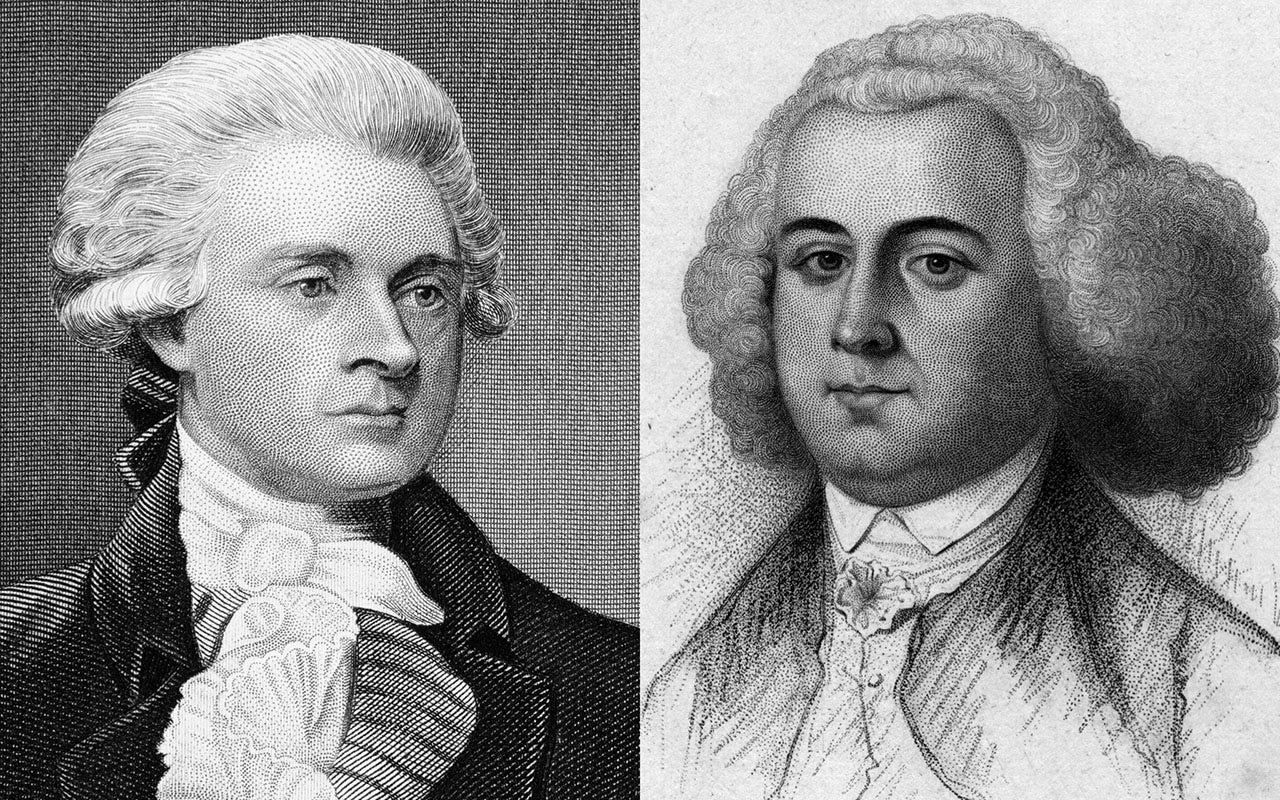The days of diesel fumes choking the air for hundreds of Bay Area students appear to be in the rearview mirror, thanks to a partnership agreement reached by the Oakland Unified School District.
In a Facebook post on Thursday, Oakland Unified announced it is the first school district in the country to use an all-electric bus fleet after partnering with electric bus startup Zūm.
The American Lung Association. recently named the Bay Area as one of the 25 most polluted metropolitan areas in the country, with its year-round particle or soot pollution the fifth worst in the country.
“Oakland families are disproportionately disadvantaged and affected by high rates of asthma and exposure to diesel fuel air pollution,” said Kim Raney, executive director of transportation for Oakland Unified. “Providing our students with cleaner, quieter transportation on electric school buses will be a game-changer and ensure they have an equitable and greater opportunity for success in the classroom.”
The district's fleet consists of 74 electric buses and two-way chargers that can return power to the grid.
In October, Gov. Gavin Newsom signed legislation requiring all newly purchased or leased state school buses to be zero-emission starting in 2035, with some exceptions for rural school districts that gave them additional time. The state also offers grants and other benefits as an incentive to cover district costs.
Over the past two decades, the state has spent or allocated $1.2 billion to clean up its aging fleet of diesel school buses. The governor's office says an additional $1.8 billion is planned over the next five years for zero-emission buses and charging infrastructure.
According to the company, Oakland Unified's new school buses remove about 25,000 tons of greenhouse gases from the environment annually. They act as “virtual power plants” or VPPs, returning approximately 2.1 gigawatt hours of energy to the grid by charging overnight and running on electric batteries during times of heavy use.
“Buses are the ideal energy resource because they remain idle during the day and during peak energy usage hours,” Jenny Mayfield, Zūm's vice president of communications, said in an email. “This way they can offload and feed the grid at those times.”
The company began working with Oakland Unified in 2020. The district transports more than 1,300 students (athletes, special needs and others) daily. Oakland previously used the iconic yellow diesel buses to transport 15 students or fewer per trip, according to Zūm. More than 70% of those students were in transit for more than an hour.
Zūm's artificial intelligence technology made it possible to take fast routes and reduce the number of underused buses. Now, about 97% of Oakland students commute less than an hour, and half finish in 20 minutes or less, according to the company.
Zūm tracks bus energy usage through its AI-enabled platform that monitors inputs from operational requirements, battery charge levels, and grid power requirements to determine when to draw power from buses. Mayfield said. Most bus reintroductions to the network would occur between 5:00 p.m. and 9:00 p.m.
Ritu Narayan, founder and CEO of Zūm, said the time had come to “go beyond pilots” and embrace sustainability solutions on a larger scale.
“Converting Oakland Unified’s school bus fleet to 100% electric with VPP capability is the right step in that direction,” Narayan said in a statement. “This historic milestone is a win-win proposition: V2G electric school buses provide students with cleaner, smoke-free transportation and allow us to send untapped energy from the bus batteries to the grid, creating a huge impact on the resilience of the network”.
Zūm buses are also used in Los Angeles County, such as in Duarte Unified and in Rosemead Garvey School District.












